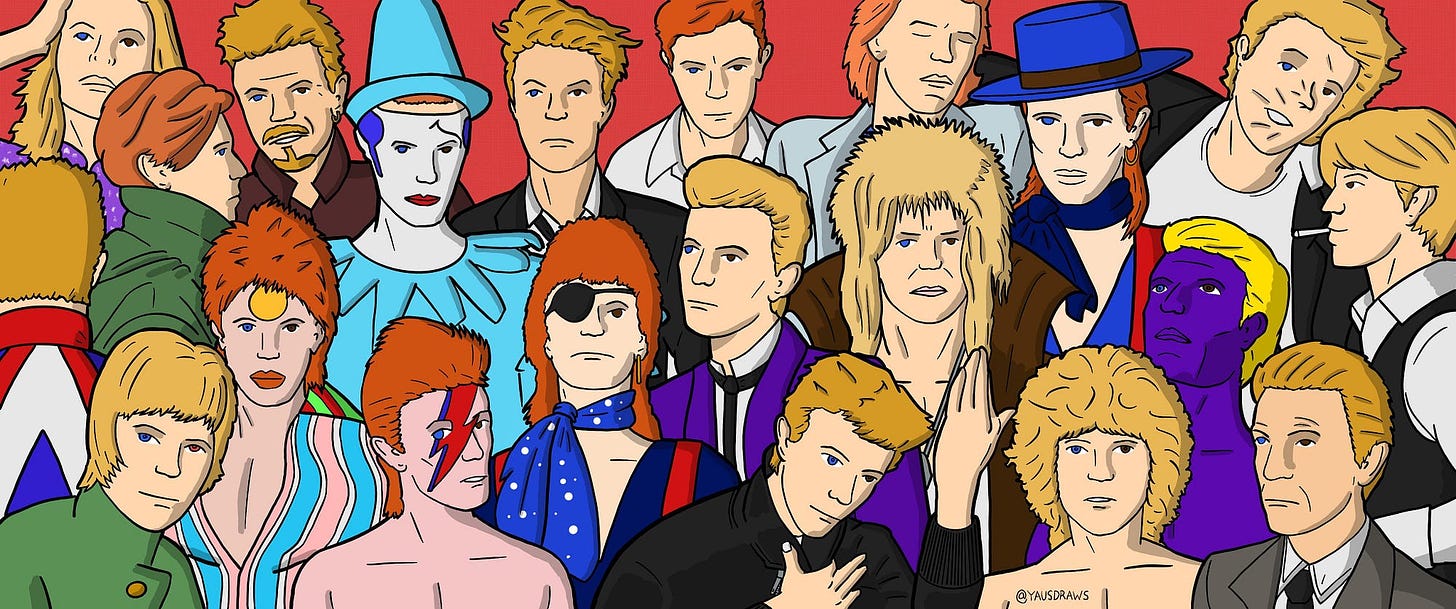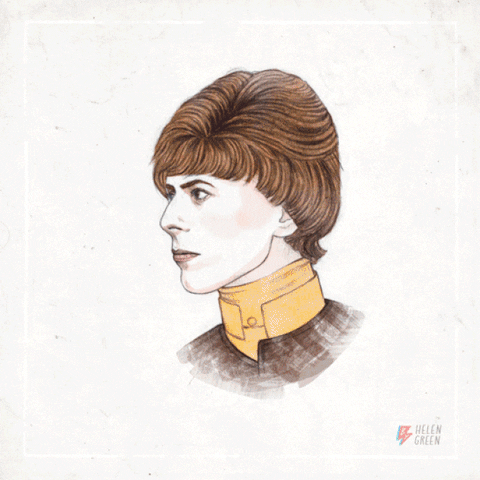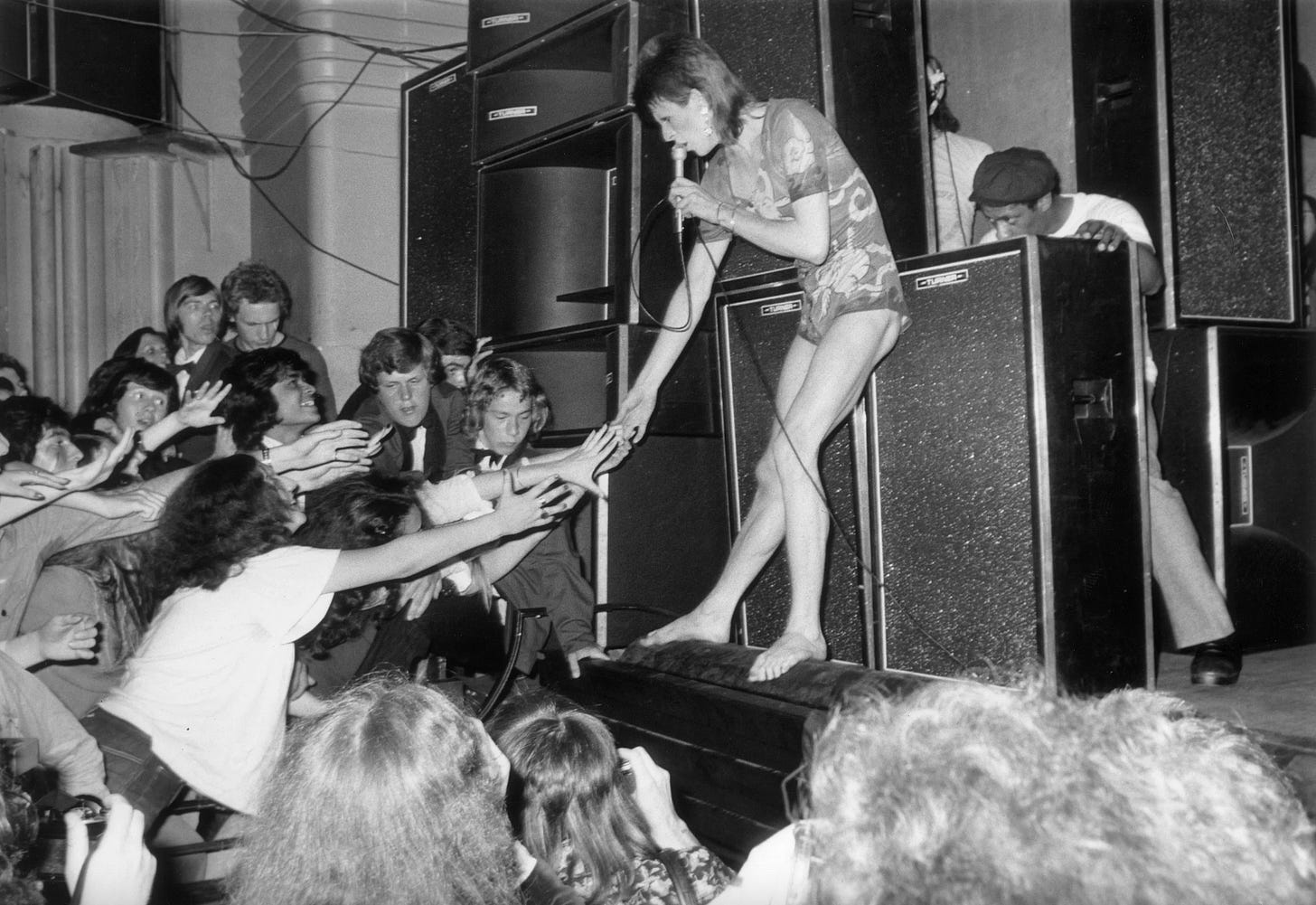Be Like Bowie…or Die Trying
The rock star’s amorphous identity reveals a creative disdain for complacency, providing a rare rule all artists — from musicians, to authors, to screenwriters — should strive to follow
“Training readers to expect a voice or subject matter from me would interfere with the reinvention I crave.” — Jennifer Egan
People often ask me why I am such a fan of David Bowie, confused by my obsession with him and his work since I don’t profess the same about many artists. But by asking this question, these same people immediately reveal they have no idea who David Bowie really is. The thing is, neither do I.
Bowie, who was born David Jones in Brixton in 1947, is as much a figment of our collective imaginations as his stage name — or should I say stage names — were for him. There are certainly historical facts, things we know to be objectively true, but the sum of all this evidence produces a fantasy most of us prefer to the reality.
Because of this amorphous identity, one that shifts and changes and contradicts year by year — especially in the seventies — and then through the decades, Bowie often strikes me as a hologram comprised entirely of counterfeit selves. Something not entirely dissimilar from this magical, beautiful, eerie GIF of Bowie created by Helen Green.
Thus, no two people see or experience Bowie as an artist in the same way. He is — because he remains so, even in death — a cipher that provides each of us whatever we need from him.
“You are not alone!” he cries out to every scared and lonely and despairing freak on “Rock n Roll Suicide”. “You are not alone!”






